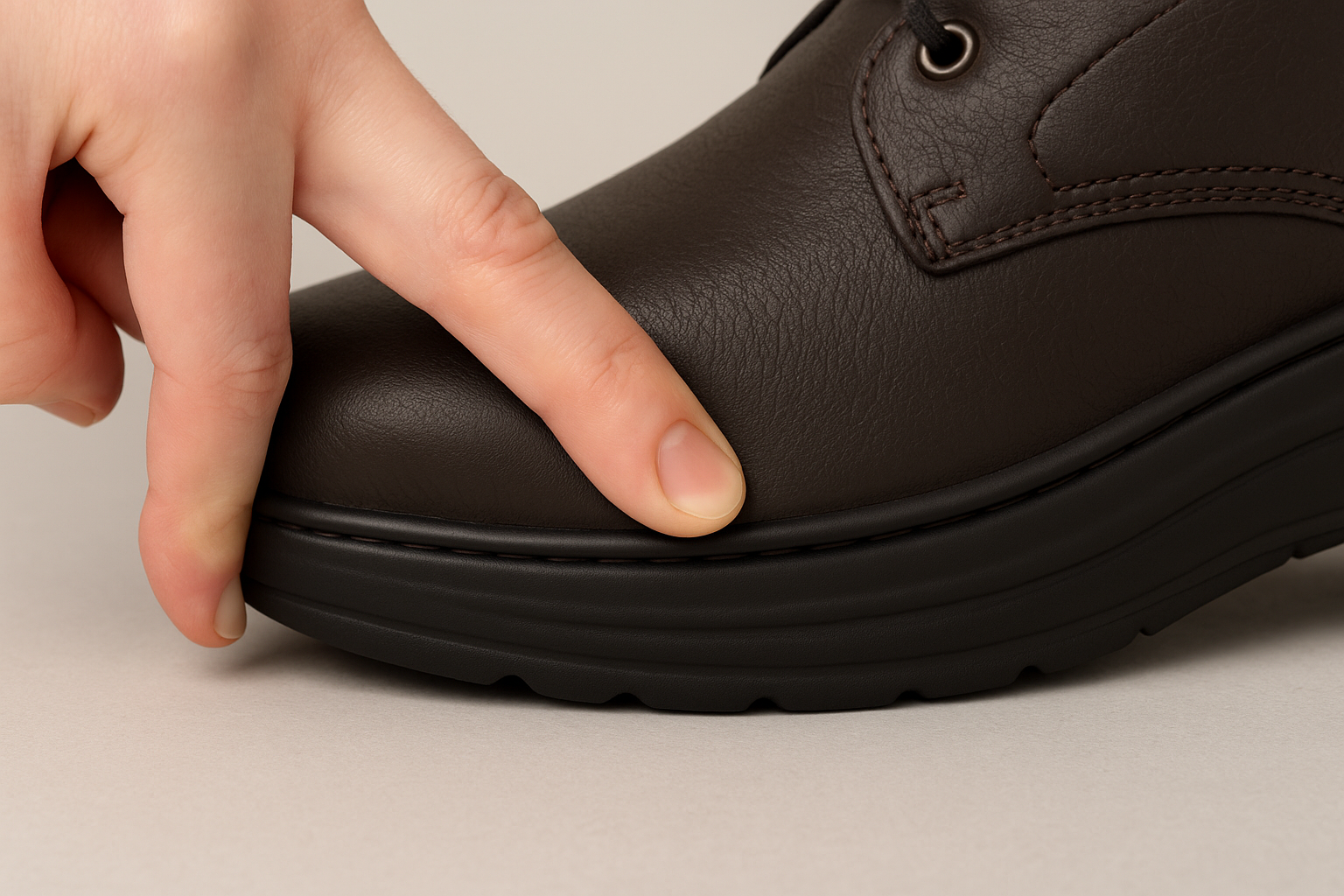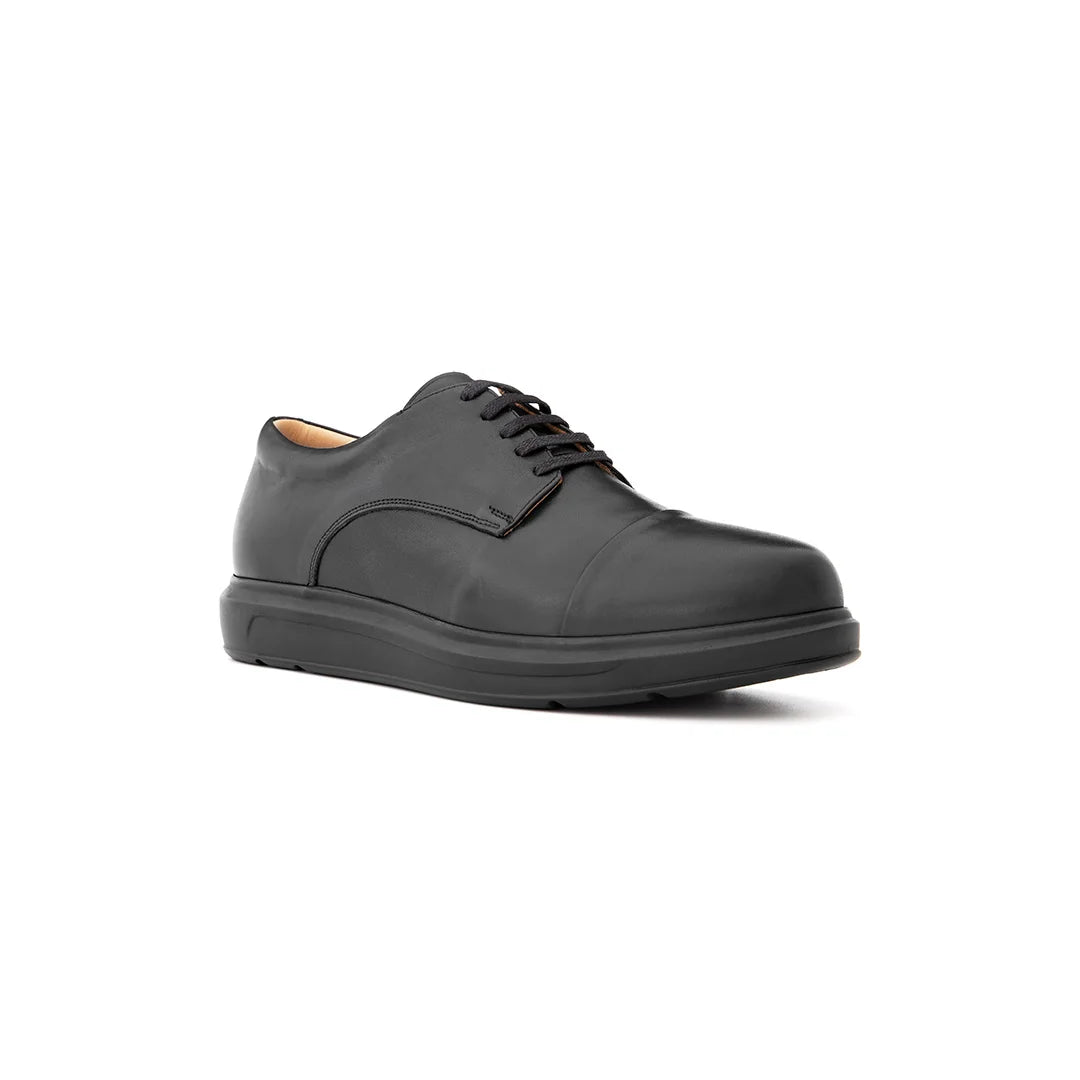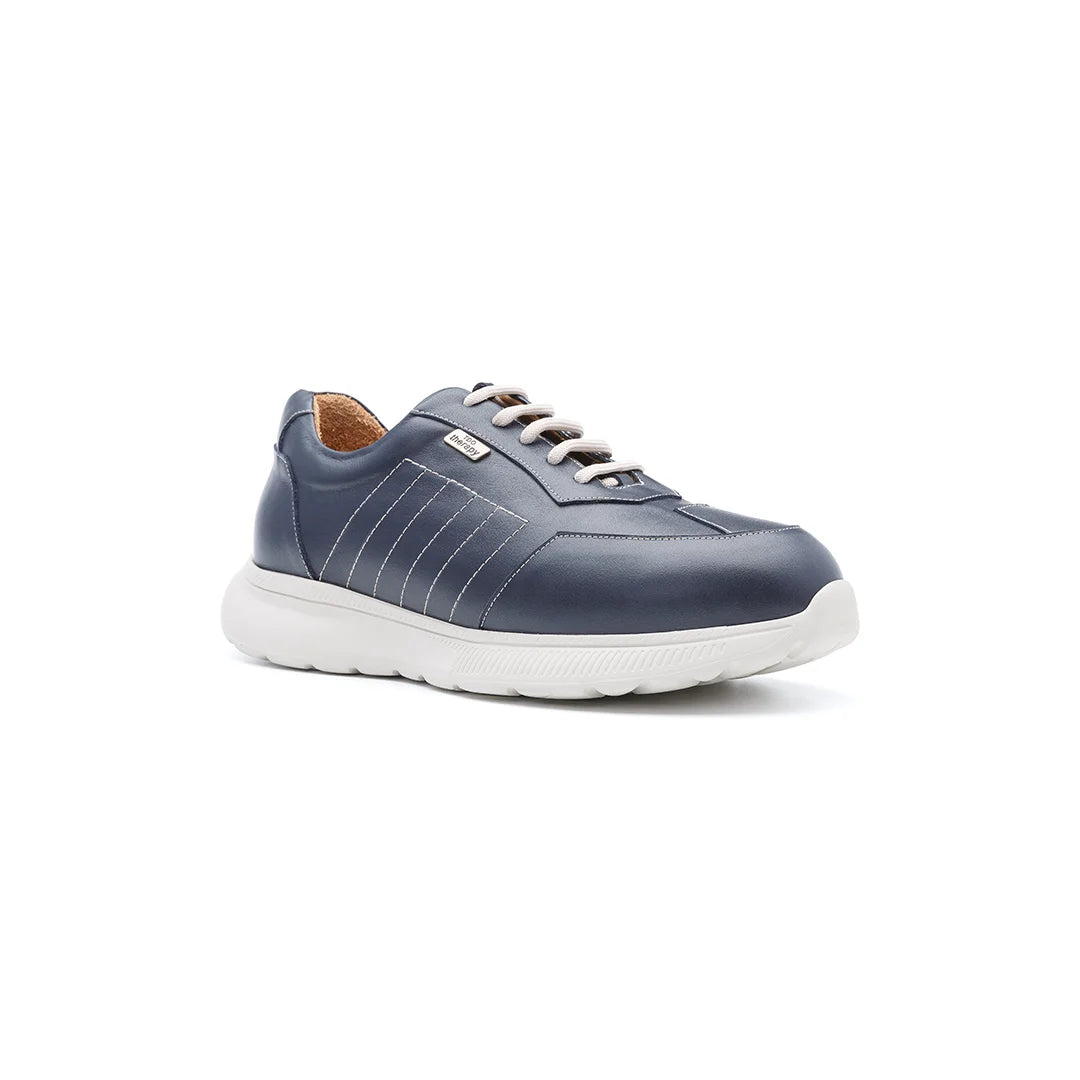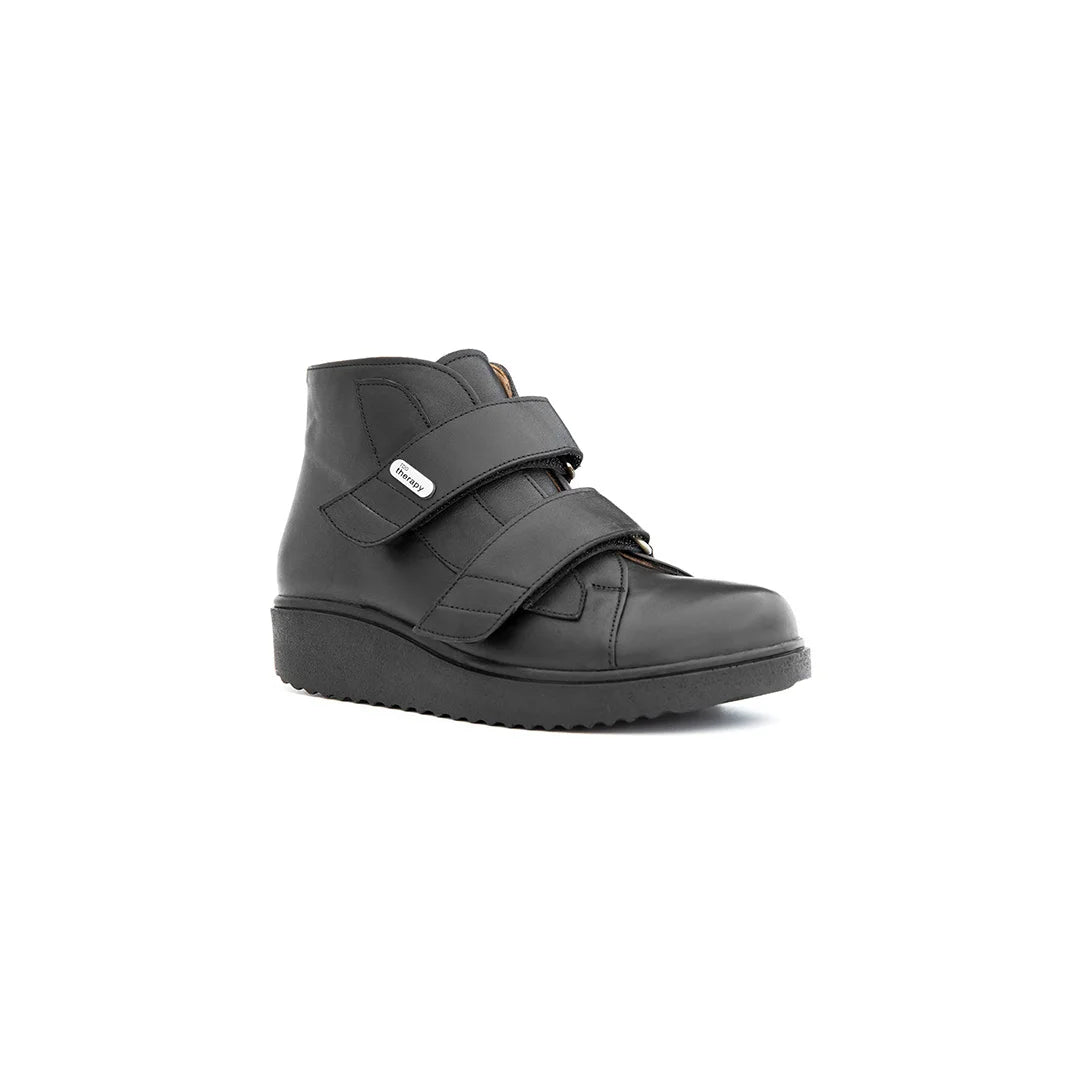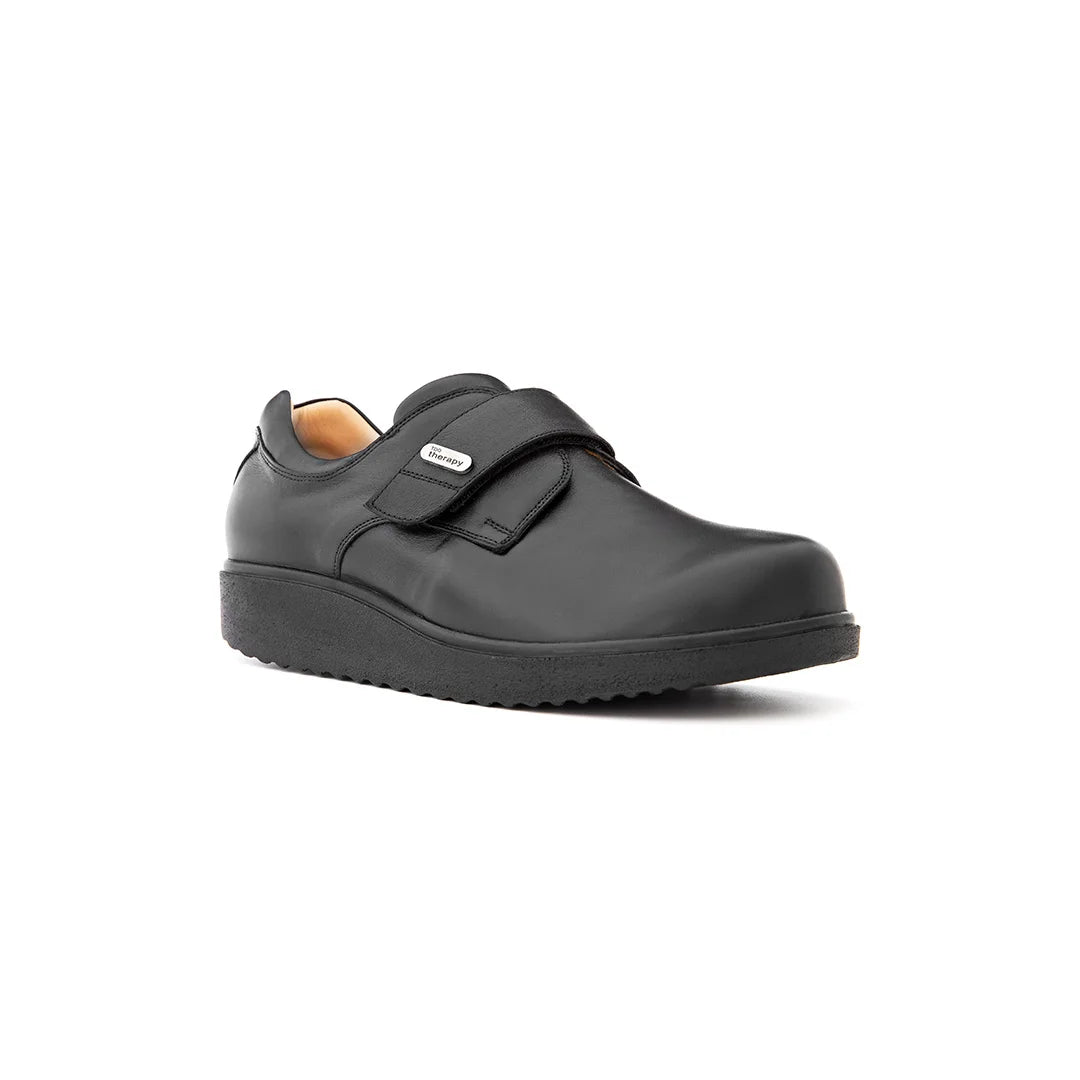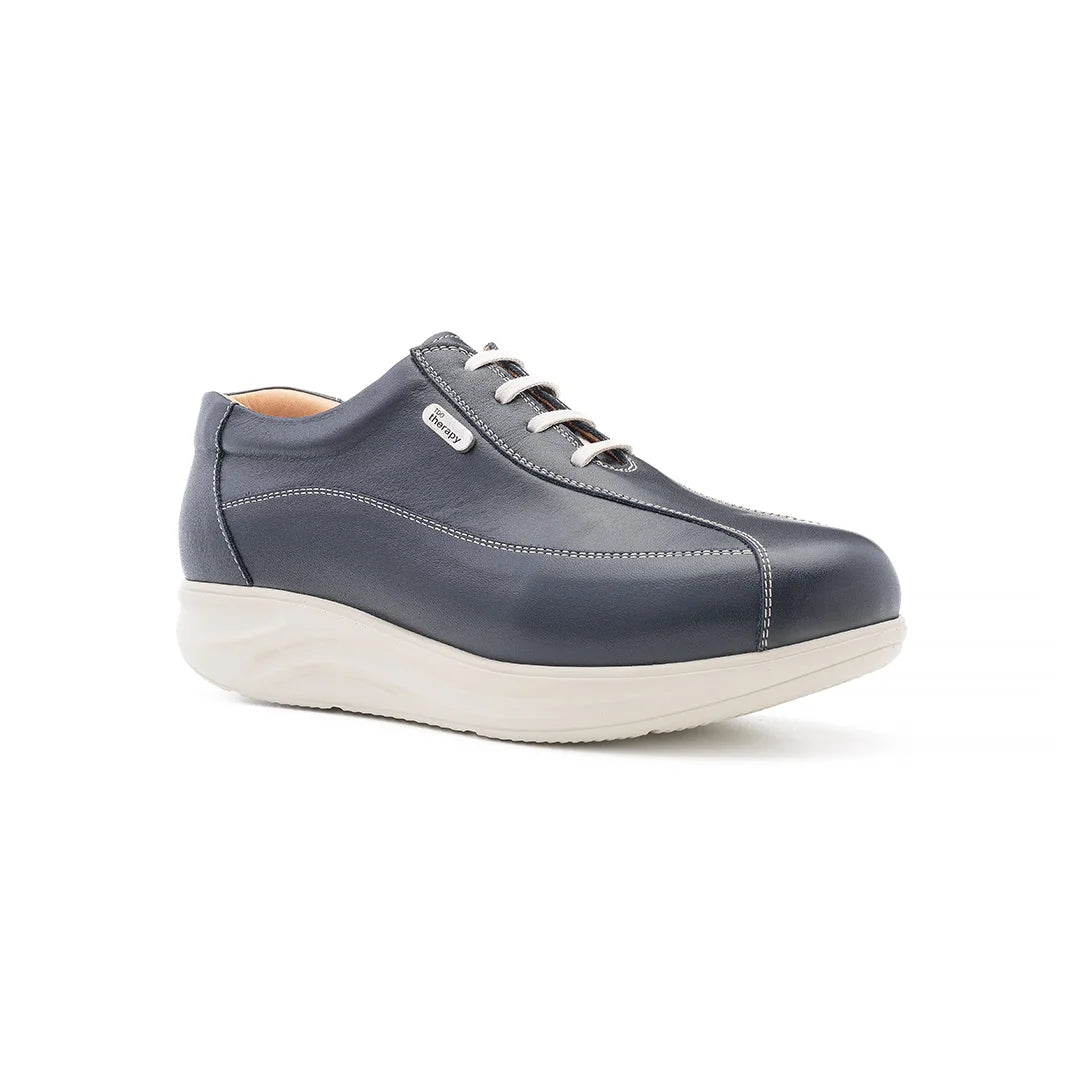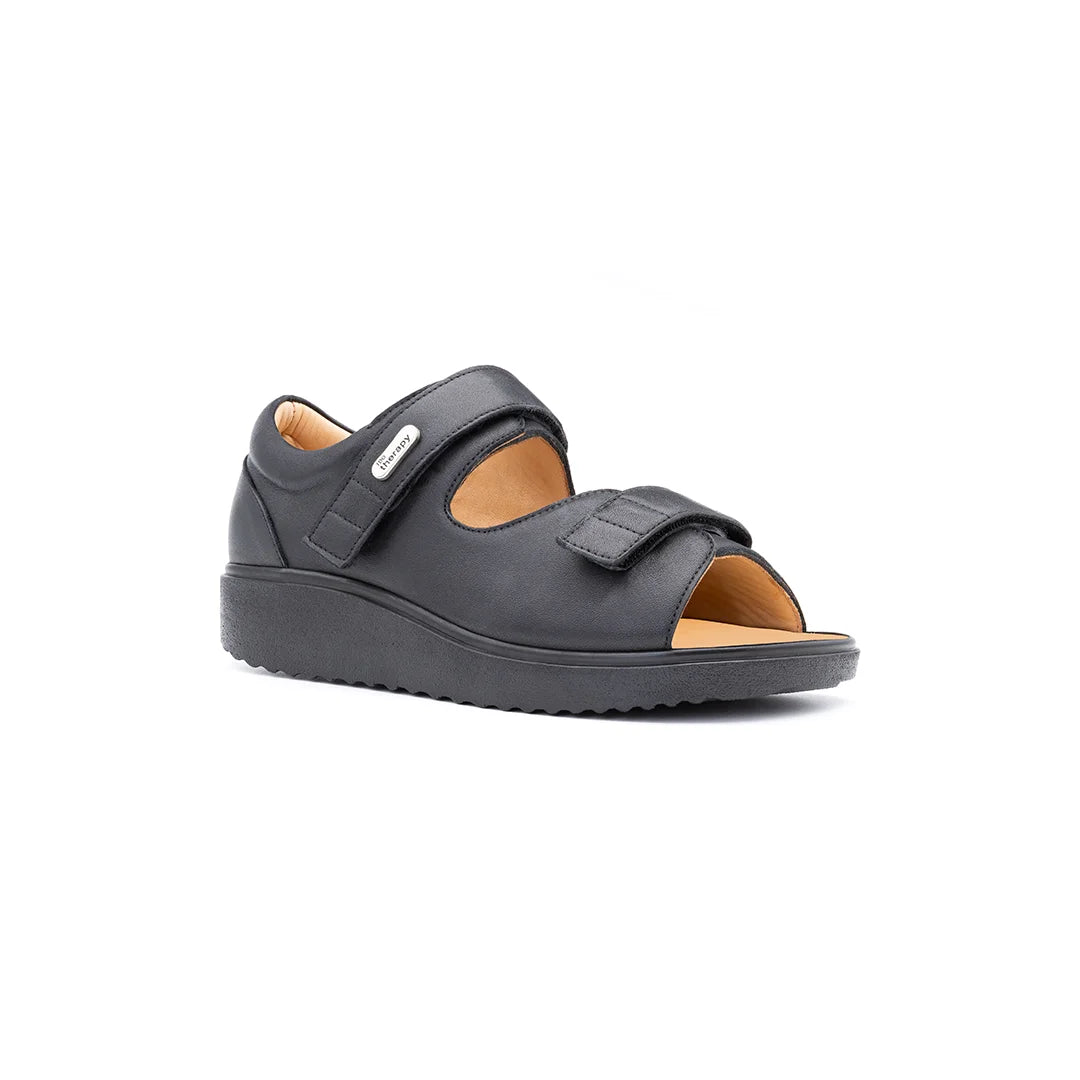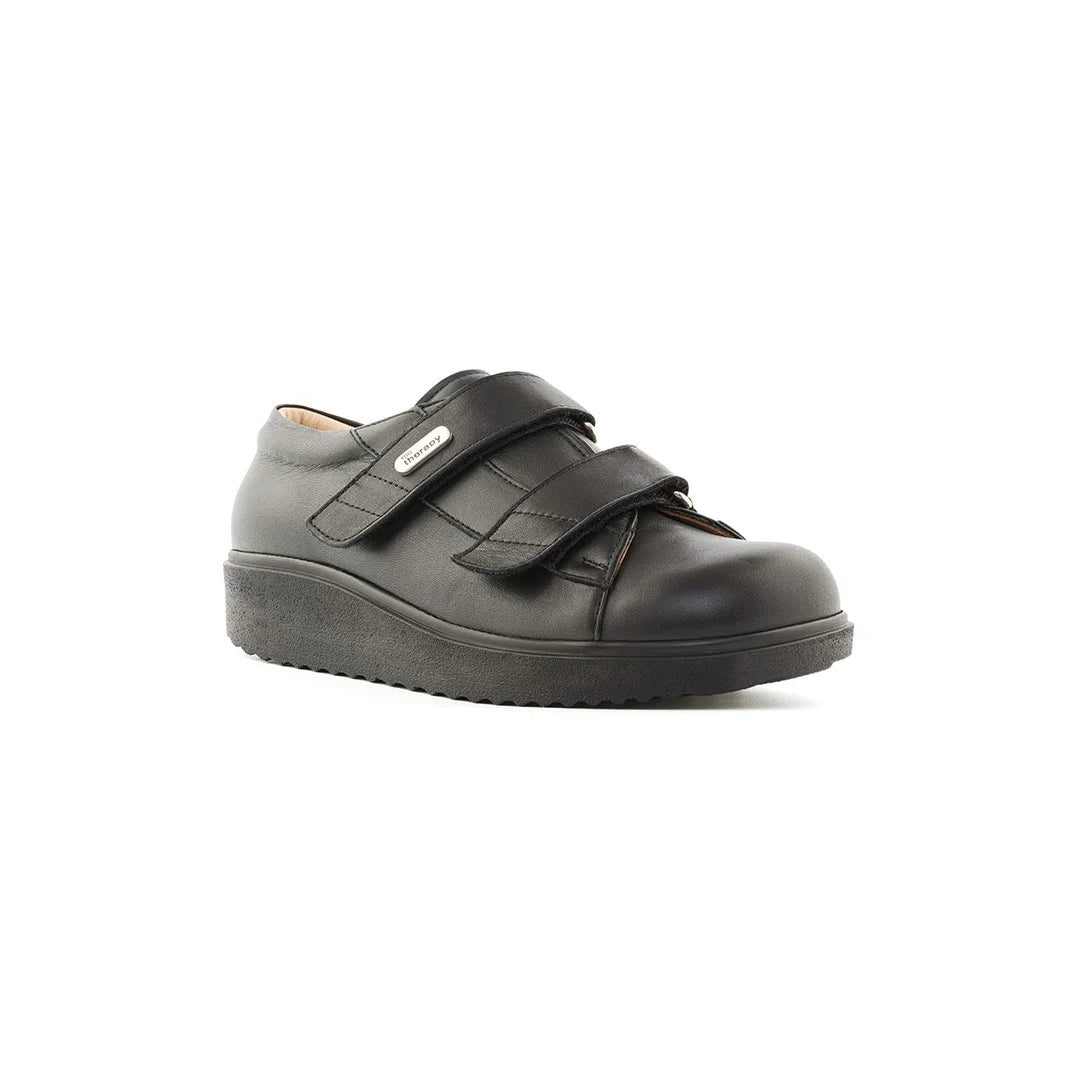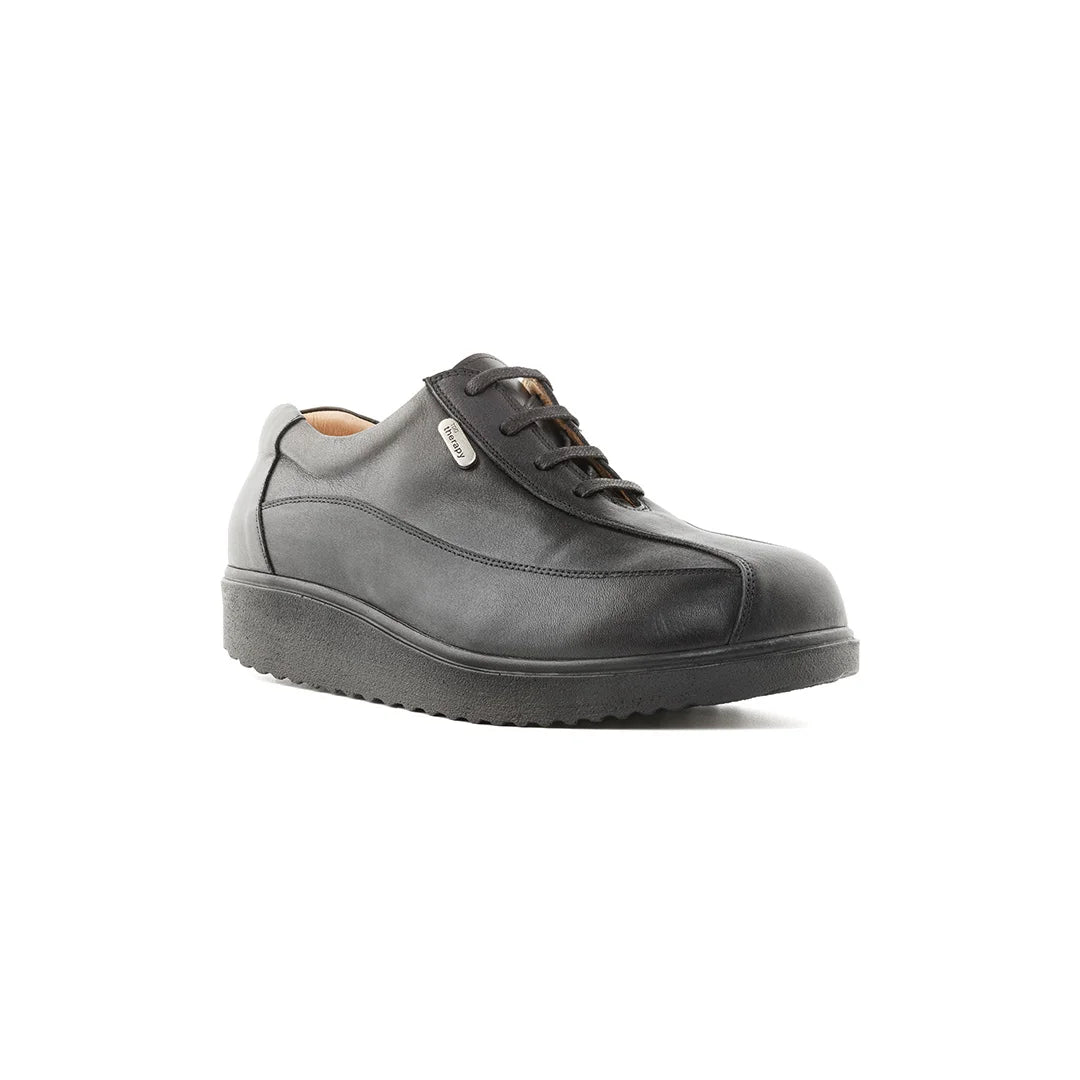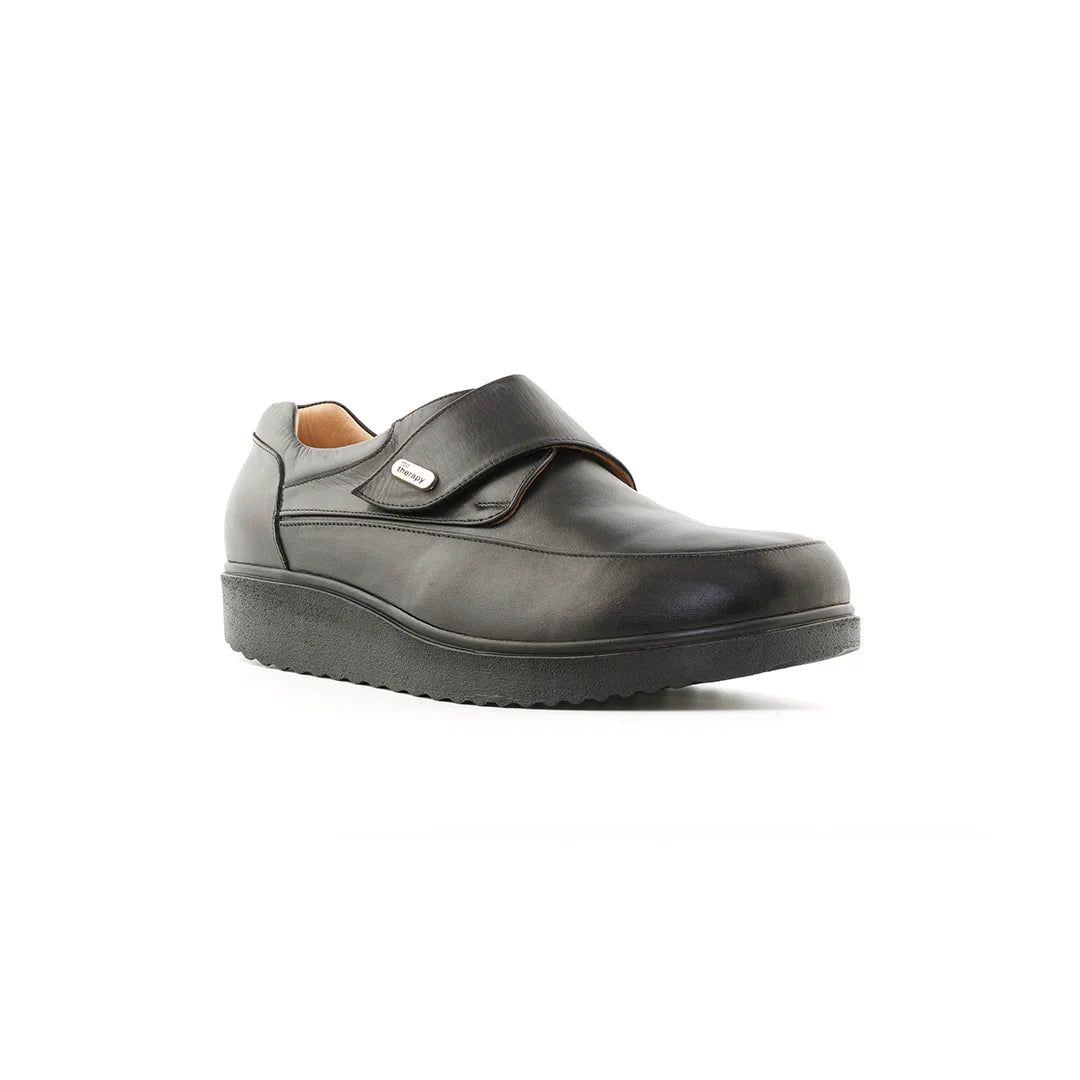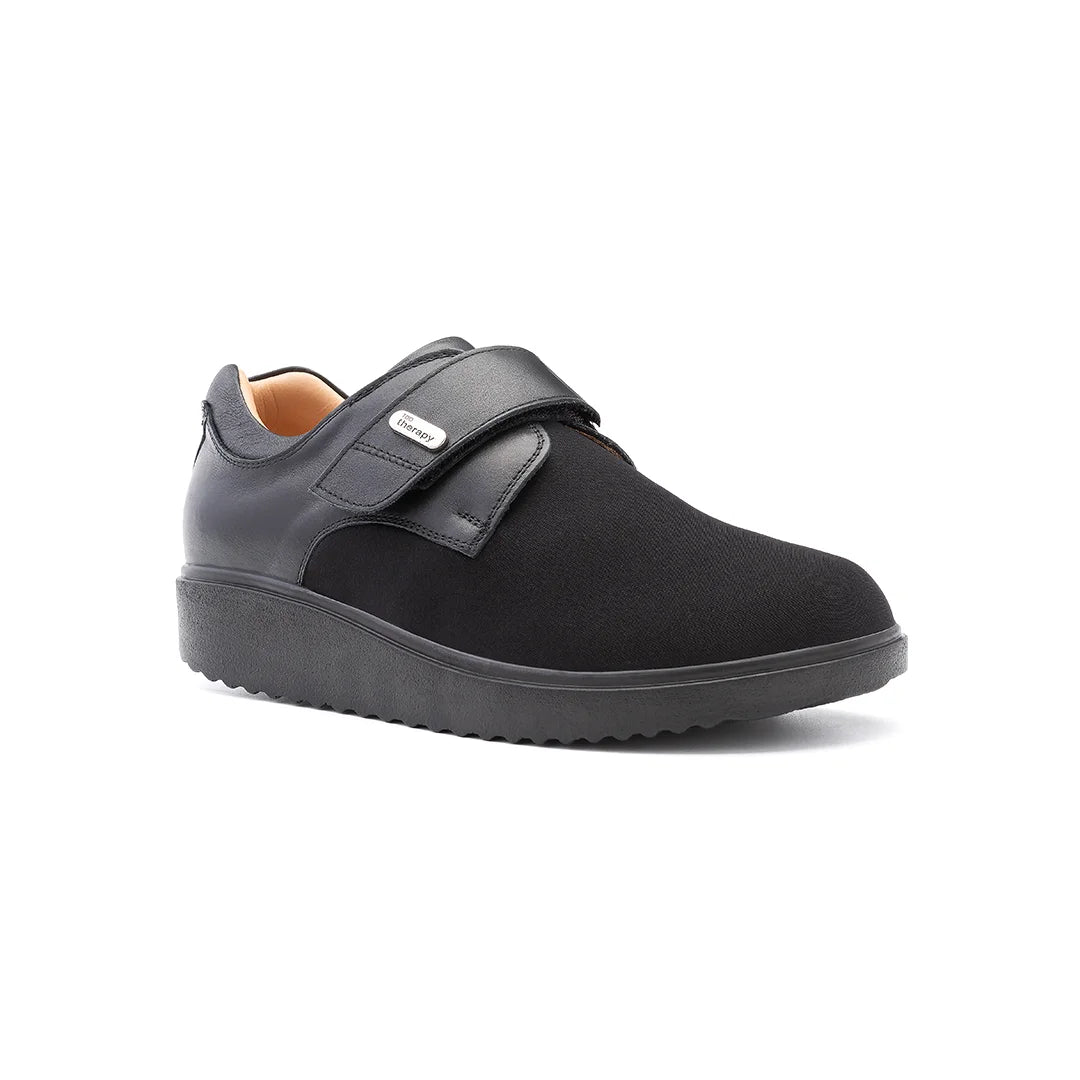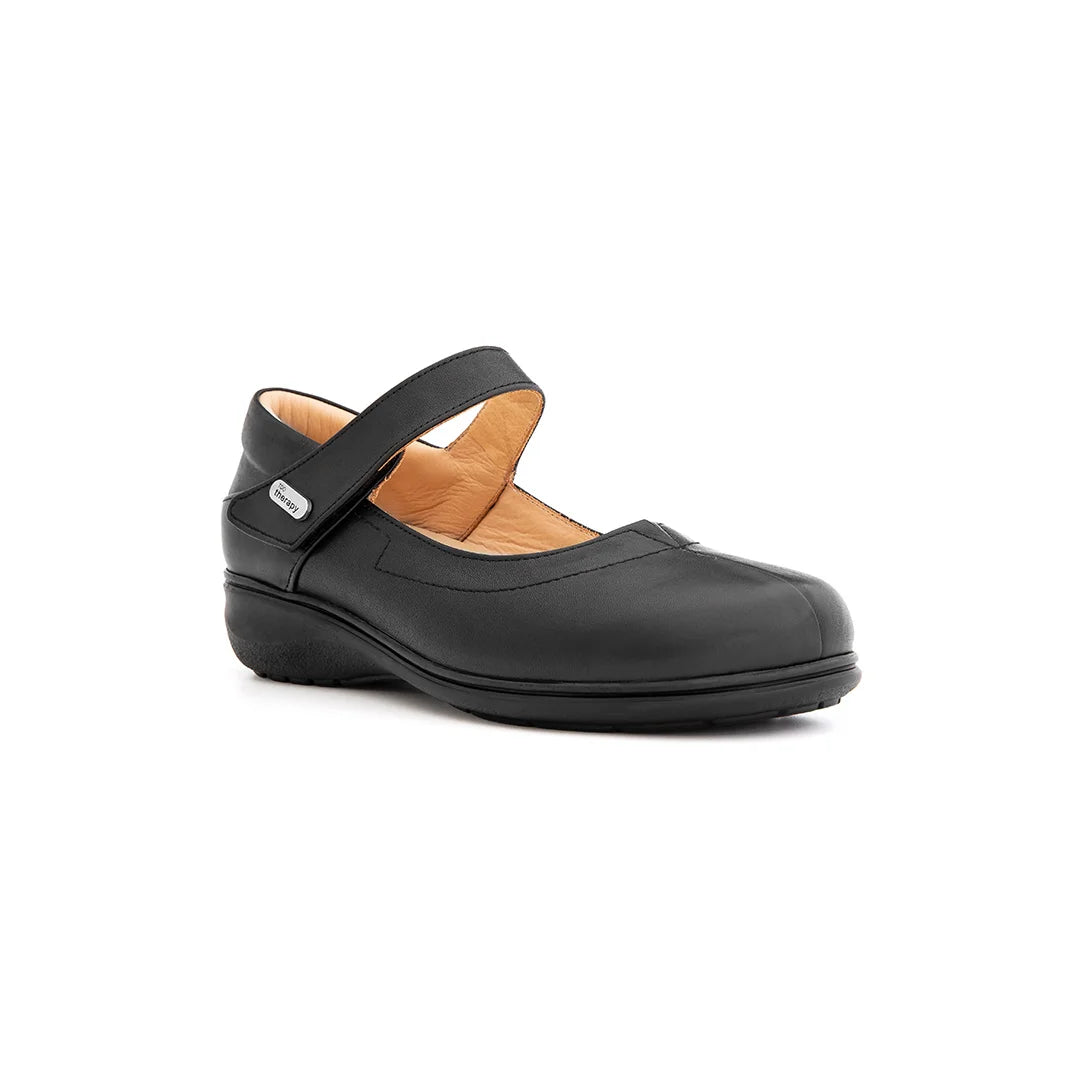Every time your foot hits the ground, your body absorbs an incredible amount of force. Whether you’re walking, running for the train, or standing for long hours, your joints — especially the knees, hips, and spine — take the impact. Over time, this repetitive stress can lead to pain, fatigue, or even long-term injury.
That’s where shock absorption comes in.
Orthopedic shoes are designed to minimize that impact, protecting your joints and muscles through smart engineering and advanced materials. At TDO Therapy, we combine science-backed design with premium craftsmanship to create shoes that don’t just cushion your feet — they safeguard your whole body.
Let’s break down how shock absorption works, why it matters, and how orthopedic shoes make every step lighter on your joints.
Understanding Shock Absorption
What Happens When You Walk
Every step creates a force that travels upward through your body — often two to three times your body weight. Without proper cushioning, that energy rebounds into your feet, ankles, knees, and lower back.
Over time, this repetitive shock can cause:
-
Heel pain and plantar fasciitis
-
Joint inflammation or stiffness
-
Fatigue after short walks
-
Increased risk of osteoarthritis
-
Posture and balance issues
Good shock absorption works like a buffer — it spreads out and neutralises that force before it reaches your joints.
The Body’s Natural Cushioning System
Your body already has built-in shock absorbers:
-
The arches of your feet flex to disperse force.
-
Cartilage and synovial fluid cushion the joints.
-
Muscles and tendons absorb and redistribute energy.
But when shoes don’t support these systems, they become overworked — leading to strain, discomfort, and injury. Orthopedic shoes are designed to complement and enhance your body’s natural biomechanics.
How Orthopedic Shoes Absorb Shock
Orthopedic footwear uses a combination of materials, design, and structure to absorb and redistribute impact effectively.
1. Multi-Layer Cushioning Systems
Shock absorption starts with the insole and midsole. TDO Therapy orthopedic shoes feature a triple-layer protection system that works in harmony to cushion and protect:
-
Outer natural calf leather layer – Soft, flexible, and breathable to adapt to movement.
-
Memory foam mid-layer – Compresses gently with each step, absorbing impact and redistributing pressure evenly.
-
Seamless inner lining – Prevents irritation and enhances comfort, even for sensitive feet.
This layered structure reduces the force transmitted upward, easing strain on your ankles, knees, and hips.
2. Rocker Bottom Sole Design
The rocker bottom sole is a signature feature of orthopedic shoes — and a marvel of biomechanical engineering.
Its curved design encourages smooth heel-to-toe movement, so your foot rolls naturally through each step rather than slamming flat against the ground.
Benefits include:
-
Reduced impact on the heel and forefoot
-
Improved walking efficiency
-
Less joint stress and fatigue
-
Better posture and balance
By guiding your stride, rocker soles help the entire kinetic chain — from your feet to your spine — function more efficiently.
3. Memory Foam and Energy Return
Unlike standard foam, memory foam molds to your unique foot shape and rebounds slowly, absorbing shock rather than bouncing it back.
This responsiveness ensures continuous comfort while maintaining consistent support throughout the day.
TDO Therapy’s orthopedic shoes incorporate high-density memory foam that:
-
Reduces pressure points
-
Enhances comfort during long wear
-
Provides cushioning without losing shape over time
4. Firm Heel Counter for Stability
Shock absorption isn’t just about softness — it’s also about control. A firm heel counter (the structured back section of the shoe) stabilises the foot, keeping your gait aligned and preventing uneven impact.
Without this stability, even good cushioning can’t protect your joints effectively. TDO Therapy designs every heel counter to maintain balance and guide motion, ensuring every step is both soft and stable.
5. Lightweight Shock-Absorbing Soles
The sole is where the real work happens. Orthopedic shoes use lightweight, flexible compounds that compress slightly with each step, dispersing impact energy instead of letting it travel through your bones and joints.
This combination of soft cushioning and strong rebound means less energy is lost with each movement — keeping you light on your feet, even during long hours of walking or standing.

The Biomechanics of Joint Protection
When shock isn’t absorbed properly, your joints absorb the difference. Over time, that leads to:
-
Knee pain from repetitive impact
-
Hip stiffness from misaligned gait
-
Lower back pain due to poor posture and vibration stress
By cushioning every step, orthopedic shoes reduce microtrauma to the joints, allowing your body to move naturally and recover faster.
How Shock Absorption Helps Your Joints
| Joint Area | Benefit of Proper Shock Absorption |
|---|---|
| Ankles | Reduces twisting and sprain risk |
| Knees | Minimises repetitive impact and inflammation |
| Hips | Maintains joint alignment and smooth movement |
| Spine | Reduces vibration stress and back fatigue |
This is why orthopedic shoes are not just for foot problems — they’re an essential part of protecting your whole musculoskeletal system.
The Difference Between Orthopedic and Regular Shoes
Most regular shoes include basic foam or gel inserts that provide surface-level comfort but wear down quickly. Orthopedic shoes, on the other hand, are built around medical-grade design principles.
| Feature | Regular Shoes | Orthopedic Shoes |
|---|---|---|
| Cushioning Depth | Single-layer foam | Multi-layer shock-absorbing structure |
| Sole Design | Flat | Rocker bottom for motion control |
| Support | Minimal | Anatomical arch and heel stability |
| Durability | 3–6 months | 12–18 months or more |
| Impact on Joints | Limited protection | Proven to reduce strain and fatigue |
With orthopedic footwear, cushioning isn’t just added — it’s engineered into the shoe’s structure.
Why Shock Absorption Matters at Every Age
For Active Adults
Walking, commuting, or light exercise can cause long-term wear on joints. Orthopedic shoes help prevent overuse injuries and maintain joint health.
For Older Adults
As we age, joint cartilage naturally thins and shock absorption decreases. Orthopedic shoes replace this lost cushioning, reducing pain and improving stability.
For Professionals on Their Feet
Nurses, teachers, and retail staff spend hours standing and walking on hard floors. Shock-absorbing orthopedic shoes make each step easier, improving comfort and endurance throughout the day.
The TDO Therapy Advantage
At TDO Therapy, our orthopedic shoes are handcrafted to merge comfort, protection, and biomechanics in one design. Every pair provides the science-backed cushioning your joints need — with the style and durability you’ll appreciate daily.
Key Features That Make the Difference:
-
Triple-layer protection system with memory foam cushioning
-
Rocker bottom sole for smoother motion and reduced impact
-
Natural calf leather for flexibility and breathability
-
Firm heel counter for stability and balance
-
Seamless interior to prevent friction or irritation
-
Lightweight, non-slip soles for everyday confidence
Each shoe is a Class 1 medical device, recommended by podiatrists and orthotists for patients seeking pain relief, comfort, and long-term joint support.
Tips for Maximising Shock Absorption Benefits
-
Replace shoes periodically – Even orthopedic shoes wear out over time; replace every 12–18 months for optimal support.
-
Use proper socks – Choose moisture-wicking, cushioned socks for added comfort.
-
Maintain healthy posture – Walk heel to toe, keeping your steps natural and aligned.
-
Alternate pairs – If you walk daily, alternate between two pairs to extend their lifespan and allow materials to decompress.
Frequently Asked Questions
Do orthopedic shoes really protect joints?
Yes. They absorb and redistribute impact forces, significantly reducing strain on the knees, hips, and lower back.
Can shock-absorbing shoes help with arthritis?
Absolutely. By reducing joint stress and vibration, orthopedic shoes can ease discomfort and support smoother movement.
How are orthopedic shoes different from memory foam trainers?
Orthopedic shoes combine memory foam with structured support, rocker soles, and stability features — something trainers typically lack.
Are they suitable for long-distance walking?
Yes. TDO Therapy shoes are ideal for extended walking or standing, offering consistent cushioning without fatigue.
Final Thoughts
Every step you take has an impact — literally. The difference between pain and comfort, strain and strength, often comes down to how well your shoes absorb that impact.
Orthopedic shoes are not just comfortable; they’re scientifically designed to protect your joints, align your body, and enhance mobility.
At TDO Therapy, we combine advanced shock-absorbing technology with handcrafted precision to give you footwear that truly supports your health — step after step, year after year.
Because comfort shouldn’t just feel good — it should do good.


